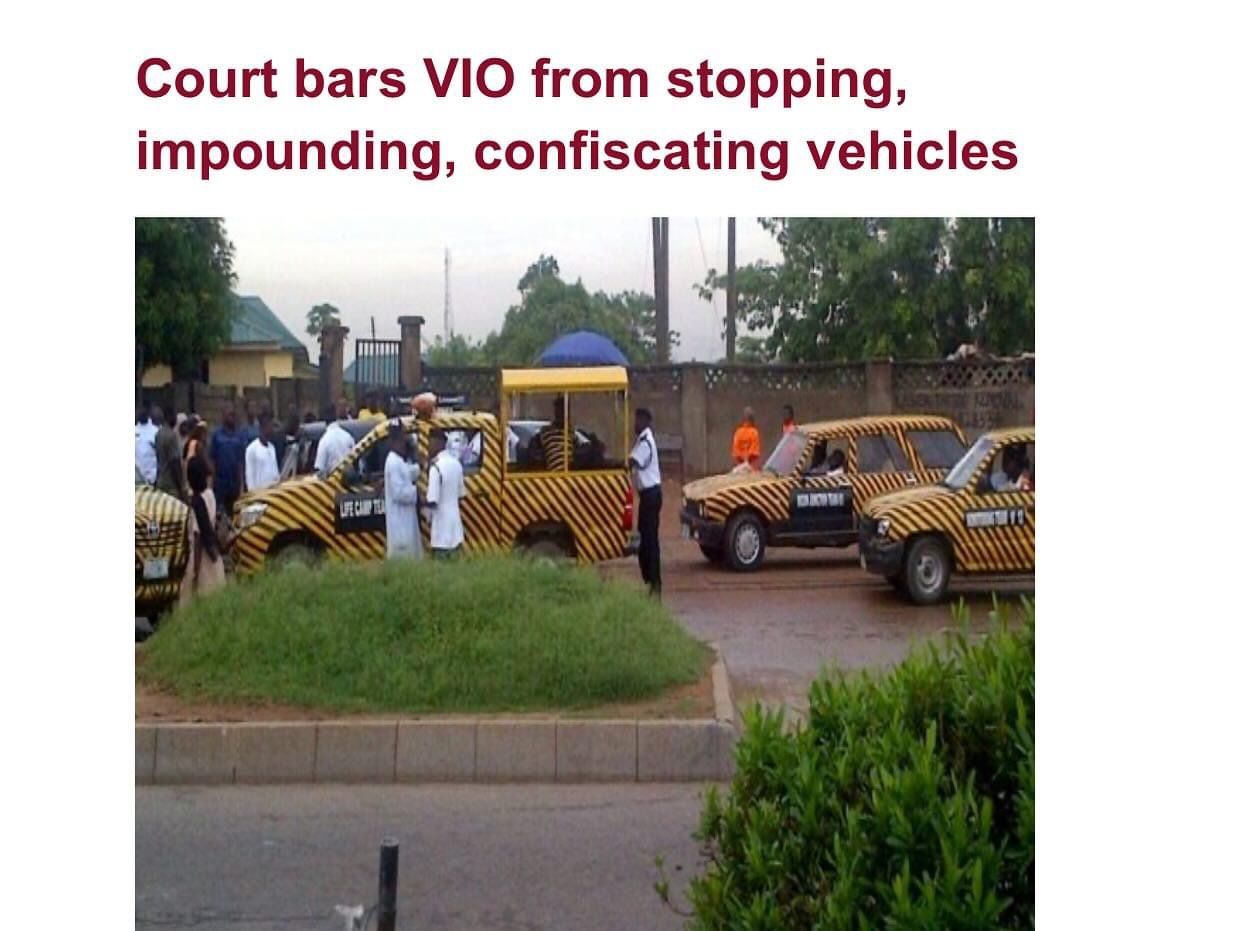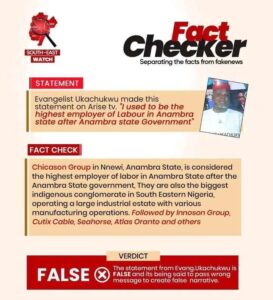The Directorate of Road Traffic Services also known as VIO has been barred by a Federal High Court in Abuja from further stopping vehicles on the road, impounding or confiscating vehicles, and imposing fines on motorists.
Justice Evelyn Maha issued the order in a judgment on a fundamental rights enforcement suit: FHC/ABJ/CS/1695/2023 filed by a human rights activist and public interest attorney, Abubakar Marshal. Also affected by the order are the Director of Road Transport; the Area Commander, Jabi, and the Team Leader, Jabi, and the Minister of the FCT, also listed as respondents.
In the judgment delivered on Wednesday, October 2, Justice Maha upheld Marshal’s argument that no law empowers respondents to stop, impound, confiscate, seize, or impose fines on motorists.
The judge declared that the first to the 4th respondents, who are under the control of the 5th respondent (Minister of the FCT) are not empowered by any law or statute to stop, impound, or confiscate the vehicles of motorists and or impose fines on motorists.
She proceeded to issue an order restraining the 1st to 4th respondents either through their agents, servants, and or assigns from impounding, confiscating the vehicle of motorists, and or imposing a fine on any motorist as doing so is wrongful, oppressive, and unlawful by themselves.
Justice Maha further made an order of perpetual injunction restraining the respondents whether by themselves, agents, privies, allies or anybody acting on behalf of the 1st respondent from further violating the rights of Nigerians to freedom of movement, presumption of innocence and right to own property without lawful justification.

 Trending6 months ago
Trending6 months ago
 Politics6 months ago
Politics6 months ago
 Politics6 months ago
Politics6 months ago
 Politics6 months ago
Politics6 months ago

















